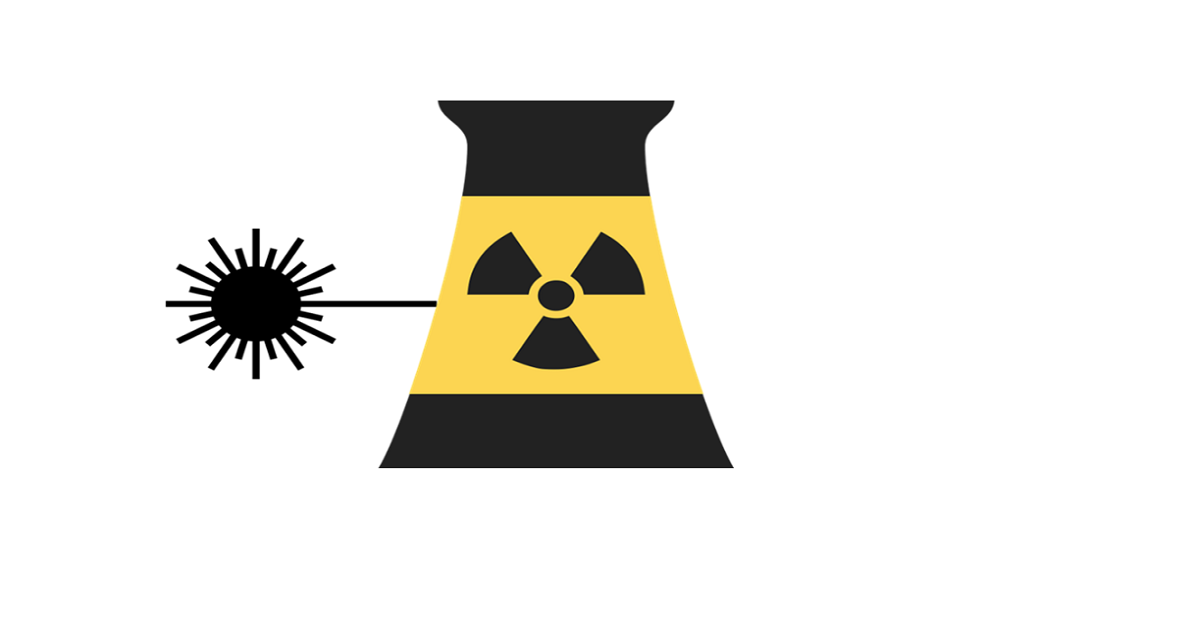- 3.2Impact Factor
- 6.4CiteScore
- 16 daysTime to First Decision
Advanced Laser and Material Technologies for Applications in Nuclear Energy
This special issue belongs to the section “Energy Materials“.
Special Issue Information
Dear Colleagues,
The Guest Editors are inviting submissions to a Special Issue on the subject area of “Advanced Laser and Material Technologies for Applications in Nuclear Energy”. Laser-based technologies are wildly applied in material processing for nuclear energy development and plant decommissioning, such as laser cladding, welding, surface decontamination and cleaning, cutting, additive manufacturing, laser-driven material characterization, and laser-based inspection and measurement. On the other hand, innovation in materials employed in extreme environments in terms of radiation, temperature and corrosive conditions are important to advance nuclear energy systems and ensure nuclear safety. By bringing together contributions from outstanding researchers and industry experts, this issue aims to provide valuable insights into the evolving landscape of advanced laser and material technologies for applications in nuclear energy.
We invite the academic community to contribute unpublished original research and review articles to this Special Issue. The aim of this Special Issue is to disseminate the latest findings in experimental, theoretical, numerical, and modeling research regarding laser and material technologies for nuclear energy, covering a broad spectrum of topics including, but not limited to, the following:
- Laser-Based Processing Technologies for Nuclear Applications;
- Laser-Assisted Decontamination and Inspection;
- Material Innovations for the Advancement of Nuclear Energy Systems;
- Interactions and Performance of Nuclear Materials;
- Laser-Induced Material Behaviors and Phenomena;
- Anti-corrosion Technology for Extreme Conditions Use;
- Applications of Laser and Material Technologies in Nuclear Reactor Development and Decommissioning;
- Other Issues Related to Laser and Material Technologies for Nuclear Energy.
Dr. Ruicong Xu
Prof. Dr. Koji Okamoto
Dr. Yosuke Nishimura
Prof. Dr. Anna Gubarevich
Dr. Zhenjun Li
Prof. Dr. Songbai Cheng
Guest Editors
Manuscript Submission Information
Manuscripts should be submitted online at www.mdpi.com by registering and logging in to this website. Once you are registered, click here to go to the submission form. Manuscripts can be submitted until the deadline. All submissions that pass pre-check are peer-reviewed. Accepted papers will be published continuously in the journal (as soon as accepted) and will be listed together on the special issue website. Research articles, review articles as well as short communications are invited. For planned papers, a title and short abstract (about 250 words) can be sent to the Editorial Office for assessment.
Submitted manuscripts should not have been published previously, nor be under consideration for publication elsewhere (except conference proceedings papers). All manuscripts are thoroughly refereed through a single-blind peer-review process. A guide for authors and other relevant information for submission of manuscripts is available on the Instructions for Authors page. Materials is an international peer-reviewed open access semimonthly journal published by MDPI.
Please visit the Instructions for Authors page before submitting a manuscript. The Article Processing Charge (APC) for publication in this open access journal is 2600 CHF (Swiss Francs). Submitted papers should be well formatted and use good English. Authors may use MDPI's English editing service prior to publication or during author revisions.
Keywords
- laser technology
- material behaviors
- laser material processing
- material surface decontamination
- laser-assisted inspection
- laser-induced material phenomena
- nuclear energy
- nuclear materials
- nuclear safety

Benefits of Publishing in a Special Issue
- Ease of navigation: Grouping papers by topic helps scholars navigate broad scope journals more efficiently.
- Greater discoverability: Special Issues support the reach and impact of scientific research. Articles in Special Issues are more discoverable and cited more frequently.
- Expansion of research network: Special Issues facilitate connections among authors, fostering scientific collaborations.
- External promotion: Articles in Special Issues are often promoted through the journal's social media, increasing their visibility.
- e-Book format: Special Issues with more than 10 articles can be published as dedicated e-books, ensuring wide and rapid dissemination.

